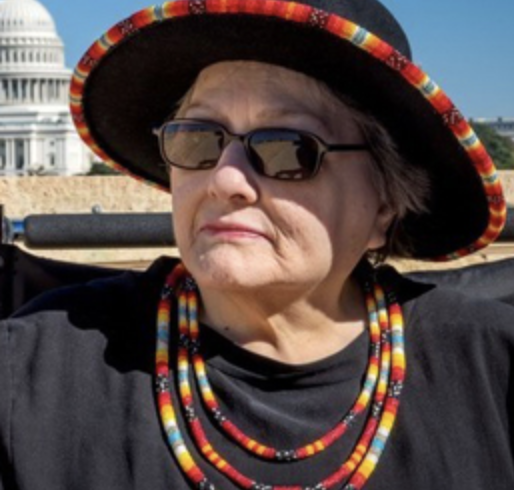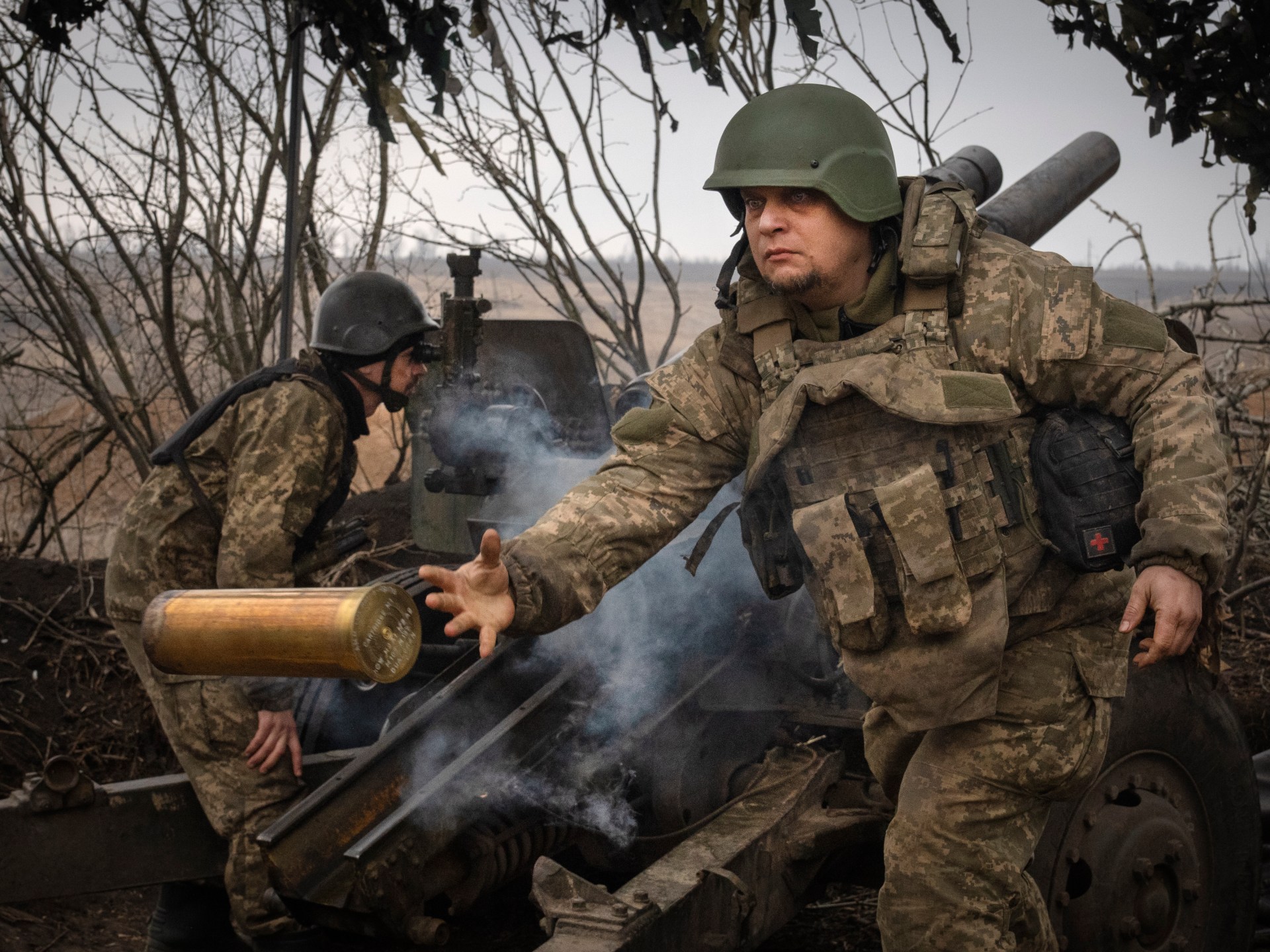

A young man escaping the poverty of a foreign land, dreaming of a better life, and becoming a hero for his adopted nation may seem too fantastic for a jaded age, but it is the true story of Medal of Honor recipient Macario Garcia, an immigrant and World War II veteran. Like many of his generation, he fought with courage on the battlefield and at home to defend the United States and its ideals to build a better nation.
He was born Jan. 2, 1920, in Villa de Castano, a tiny village in Mexico. Garcia was one of 10 children born to destitute farm workers. In 1923, to improve their fortunes, they came to the United States, like so many other immigrants from so many other lands. They settled in the Sugar Land area, just outside Houston. As soon as he was old enough, Garcia joined his parents working in the fields. Like many other farm workers, he worked hard, but his education was sporadic.
In 1942, Garcia enlisted in the Army. America had become his home, and his home had been attacked. He was determined to serve in its defense. An infantryman, he was wounded at the Allied invasion of Normandy on D-Day in 1944. Awarded the Purple Heart, he soon returned to duty. He later earned the Bronze Star as well.
In November 1944, as American troops were beginning to push into Nazi Germany, Garcia and his men found themselves in a desperate battle. They were pinned down by machine gun fire, and Garcia was wounded. He carefully crawled to a position near the machine gun nest, hurled a grenade and shot three enemy troops to take out the gun. A second machine gun opened fire, and Garcia again crawled over to also take it out single-handedly. The men were saved, and the Army’s position was secured. For his actions, he was awarded the Medal of Honor.
President Harry S. Truman presented him with the medal in a White House ceremony on Aug. 23, 1945. Shortly afterward, his native land of Mexico awarded him the Merito Militar, one of the highest awards in the Mexican Army, for his valor. Garcia was honorably discharged in 1946, leaving with the rank of staff sergeant.
For many veterans returning home, it is often difficult to fathom how much they have changed because of their experiences while so little has changed for those they left behind. Such was often the case for World War II veterans. Garcia himself would discover this much to the horrors of himself and the nation when he stepped into a restaurant in Richmond, just outside Houston, in September 1945 – not even one month after the war ended and his White House appearance.
Garcia’s face had been in newspapers all over the Houston area. His story was well known by this point. In spite of his service, in spite of his heroism, in spite of saving the lives of his fellow soldiers on multiple occasions – putting his own life at risk to save others — the restaurant owners refused to serve him because his skin was not the right color. Insulted, Garcia began arguing with the owner. The owner then beat him with a baseball bat. To make matters worse, police arrested Garcia and charged him in the incident.
Garcia had shed blood defending his adopted country and the freedoms for which it stood. Now his blood was shed because of bigotry. Journalists across the nation condemned the treatment of the Medal of Honor recipient. Former Gov. James Allred stepped up and served as his attorney. Through his powerful defenders, Garcia was able to win delays for a trial. In 1947, prosecutors quietly dismissed the case.
Afterward, he was able to get his American citizenship in 1947 and worked with civil rights groups to fight segregation and other unjust laws. He returned to school and earned his high school diploma in 1951.
He eventually landed a job as a counselor with the Veterans Administration. Here, he spent the rest of his career helping his fellow veterans. He remained active in his support of civil rights. He spoke to various veterans groups, schools, and civil rights groups as the years passed. On Nov. 21, 1963, he met President John F. Kennedy at a reception in Houston the day before the President’s tragic death in Dallas.
In December 1972, Garcia was critically injured in a car wreck. He died on Christmas Eve at the age of 52.
In the years after his passing, the Medal of Honor recipient was further honored. In 1983, Houston’s new Army reserve center was named in his honor. In 1994, a middle school was named for him in Sugar Land, and Houston later named an elementary school and renamed a street after him. Honor led to a life well lived.
Ken Bridges is a writer, historian and native Texan. He holds a doctorate from the University of North Texas. Bridges can be reached by email at [email protected].
This article originally appeared on Lubbock Avalanche-Journal: Bridges: Medal of Honor recipient Macario Garcia
EMEA Tribune is not involved in this news article, it is taken from our partners and or from the News Agencies. Copyright and Credit go to the News Agencies, email [email protected] Follow our WhatsApp verified Channel








